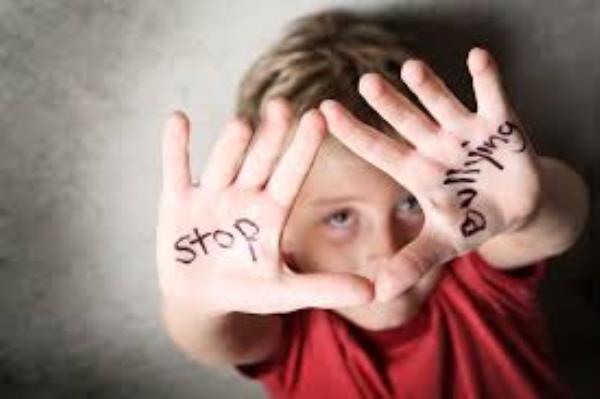By KATIE DE VERTEUIL
THE age-old issue of bullying will be under the spotlight this Friday as the calendar marks the fifth annual National Day of Action against Bullying and Violence (NDABV).
With recent statistics from Kids Helpline indicating that one out of every four young people fall victim to bullying, it is certainly still a problem needing society’s utmost attention.
Australia’s key anti-bullying event NDABV gives schools the chance to promote the important work they do throughout the year to counter bullying and violence.
The day also works to further empower schools to raise awareness of their initiatives and drive key messages through local community events and activities and help to create a safe and supportive learning environment.
Locally, Noosaville State School is supporting the National Day of Action Against Bullying and Violence in combination with Harmony Day which falls on the same day.
Principal, Mary McMahon said she was excited for the school to get behind the message that we all belonged and provided a focus for all schools in saying ‘Bullying. No Way!’
“Like so many other schools, at Noosaville we celebrate our cultural diversity as being one of our greatest strengths.
“Our school also lives by the words that bullying and violence, in or outside of our school, are not okay at any time.”
Noosa District State High is another local school determined to conquer bullying with a variety of programs in place to support students who fall victim, as well as those prone to causing the bullying.
“We pride ourselves on having a strong support system here at Noosa District with a chaplain who works with the boys and a school nurse for the girls,” head of teaching and learning Years 9 and 10 at Noosa District State High Murray Gordon said. “We also have a peer mentoring program which is done through United Synergies where members of the community are paired with students who we feel need extra support.”
Mr Gordon said that while bullying had been around forever, the addition of social media and new technologies had given bullying a different shape, one which was far more difficult to escape.“Bullying has always been around but its format has definitely changed,” Mr Gordon said.
“These days it’s more in your face, rather than physical with the majority of cases starting from someone gutless sitting behind their laptop or phone.
“Through social media issues that are out of school are brought onto campus and bullying has become something that can never be shut off.”
Kids Helpline counsellors say today’s version of having sand kicked in your face is more sinister, more damaging and more widespread than in any other generation, with cyberbullying being a common form of bullying experienced by young people.
“There will always be some young people who feel they need to exert their personality over others,” Kids Helpline General Manager Wendy Protheroe said.
“The difference these days is unfortunately the number of ways kids can use their power over others they see as weaker or different.
“Last year, the most downloaded topics from the Kids Helpline website were cyber bullying and bullying, highlighting the growing demand from children, young people and parents and carers to find evidence based support on the issue.”
To address the demand, the organisation launched Kids Helpline @ School in 2013, a free interactive online program, video linked to children in primary school classes and aimed at providing information and pro-active support on issues such as bullying and cyberbullying.
Kids Helpline @ School is supported by Optus and teachers can book a session for their class via emailschool@kidshelp.com.au vt or by phoning (07) 3867 1284.
BREAK OUT BOX
KIDS HELPLINE TOP ANTI-BULLYING TIPS
* Remember – it is NEVER your fault
* Talk to someone – it is important to tell an adult you trust, e.g. a teacher, parent or counsellor. It can also help to keep a diary of bullying incidents including who was involved, the time it occurred, what happened and who you told about it.
* Take action
* Block the bullies from sending you messages or emails or stay offline for a while
* Walk away if possible
* Keep copies of abusive messages for evidence
* Consider the feelings of the other person you’re sending messages to online
* Seek help by contacting Kids Helpline
Kids Helpline is Australia’s only national 24/7 counselling and support service specifically for children and young people aged 5 to 25 years. www.kidshelp.com.au or free call 1800 55 1800.
Further information on the National Day of Action against Bullying and Violence visit www.bullyingnoway.gov.au







